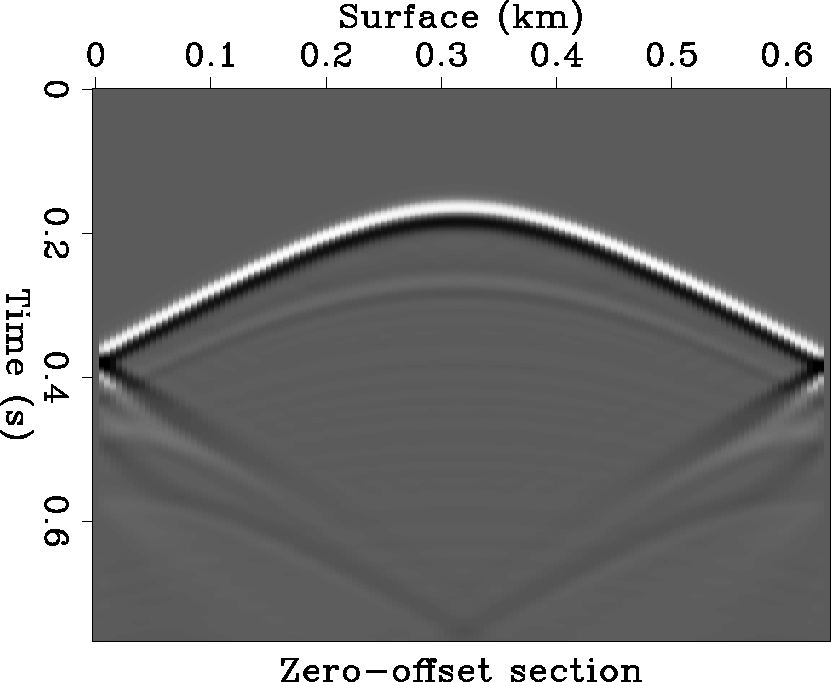|
d1
Figure 1 The wavefields recorded at the planar datum z=0.05 |  |
|
d1
Figure 1 The wavefields recorded at the planar datum z=0.05 |  |
|
d1.2
Figure 2 The extrapolated wavefields at the upper planar datum z=0. The apex of the hyperbola has been shifted by the datuming. |  |